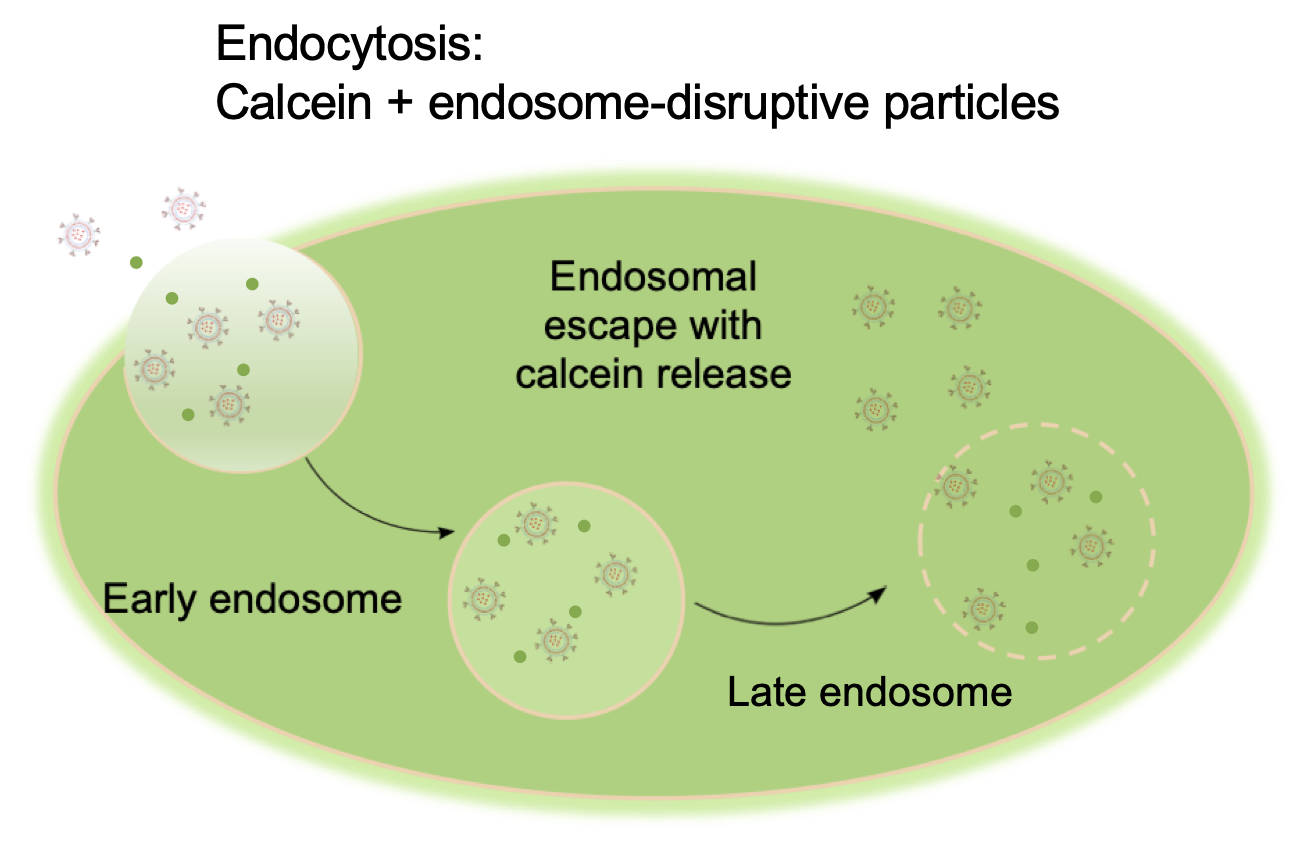Bioactive Polymersomes Targeting Cancer-Associated Fibroblasts for Anticancer Therapy
Despite constant development of anticancer therapies cancer remains a leading cause of mortality. Modern chemotherapies, as a main tool in anticancer treatment, have numerous side effects due to their lack of specificity or systemic toxicity. Innovative solutions in the field of nanomedicine can contribute to the development of more precise and effective therapeutics. Recently, the fibroblastic element in tumor microenvironments emerged as a valuable target for treatment and diagnosis of different types of cancer. Herein, we decorated polymersomes with a bioactive ligand to target fibroblast activation protein a (FAP). By shielding their content from their surrounding, polymersomes favor lower immunogenicity and prolonged activity. Polymersomes were prepared by the self-assembly of the amphiphilic diblock copolymer poly(dimethylsiloxane)-block-poly(2-methyl-2- oxazoline)(PDMS-b-PMOXA) followed by decoration with a bioactive ligand. The cellular uptake of decorated polymersomes in contrast to unmodified polymersomes significantly increased in a FAP positive human adenocarcinoma cell line (A549). These polymersomes display the ability to escape endosomes proving their potential as an efficient delivery carrier (Figure 1). Additionally, the insertion of the honeybee venom peptide melittin into the membrane offers stable pores to allow diffusion for a functional nanoreactor. Such decorated nanoreactors might prove their potential as an efficient delivery carrier.

Figure 1: Endosomal escape of polymersomes decorated with a bioactive ligand.